Building on the success of Public Cloud Databases for MongoDB, we know how much a managed service increases the performance, scalability and resiliency of your database. Now, a new batch of managed Databases as a Service (DBaaS) aka PostgreSQL, MySQL, Apache Kafka, OpenSearch and Redis™* is in free beta. Why do they stand out? What are their main use cases? In which typical business scenario can you leverage them? That’s what we’ll discuss today!
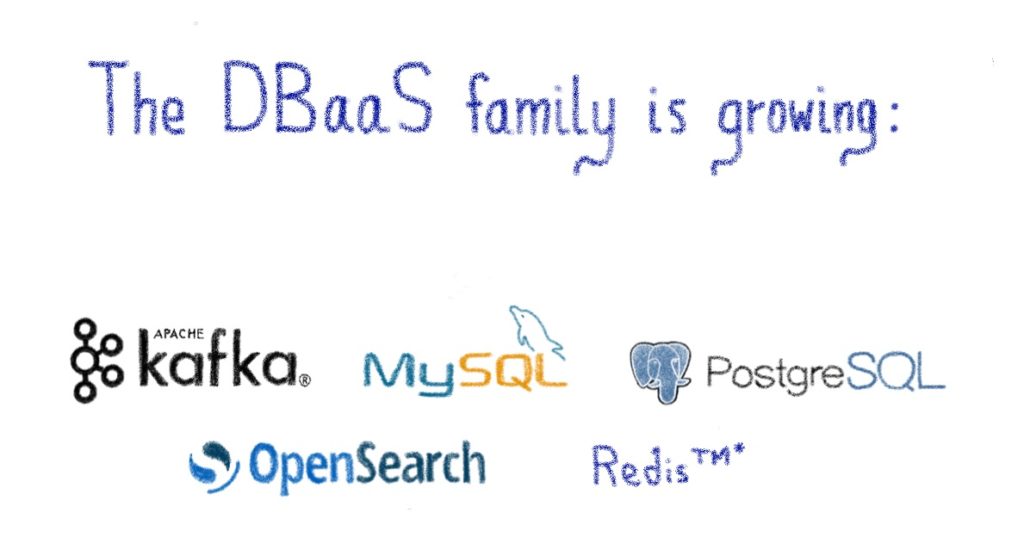
A large choice of “vanilla flavor” DBMS
The market is brimming with database engines, we will offer you this large choice over the coming months. Our Public Cloud Databases are of course fully managed and compatible with the full OVHcloud portfolio including bare metal for instance.
Did you know that delegating the setup and daily operations of your database cluster could help your improve your performance by 15% to 20%? That’s a pretty good argument to move your database to the cloud if it wasn’t already the case!
You might still wonder how these DBaaS differ from existing market offerings?

- Aside from MongoDB, all other engines are open-source so that you’ve got no risk of vendor lock-in and can adapt your technology strategy in the long run. We partner with the leader of open-source DBaaS, Aiven, to deliver this full portfolio.
- What’s more, we deliver the official, full and updated experience or “vanilla flavor” of each DBMS, and not a fork in our cloud environment. It means that you benefit from all the features, updates and community innovation.
- They are hosted in our trusted Cloud-Act free cloud infrastructure – in Europe and Canada today, and soon in other parts of the world – to ensure you full data privacy and infrastructure compliance.
- Last, but not least, after the free beta, their pricing is fully transparent, predictable and much cheaper than competition. Why don’t you check our price list by yourself? What you see is what you pay! All costs including outgoing traffic are included. Don’t forget to multiply the price by the number of nodes!
You voted, we delivered
We know you have been waiting for these managed databases in the public cloud for some time, so we asked you which were your favorite ones and delivered them first. After 3 weeks of usage, here is our beta testers’ podium:
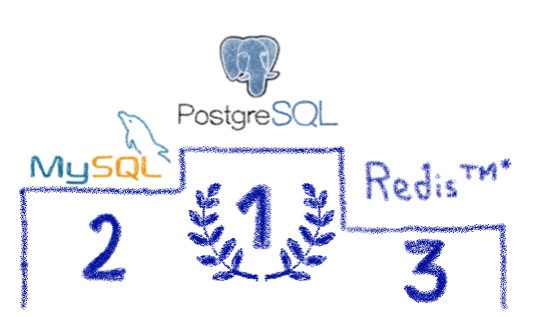
- Almost half of our first beta testers use PostgreSQL. It’s the most advanced, extensible and highly secure relational database that you use for mission critical business applications.
- Another big third of our users are on MySQL, one of the most popular transactional engines for eCommerce platforms, but also an ideal choice for many web applications.
- Redis is the third favorite database with almost 15% adoption. It is frequently used for website caching and personalization, chat and messaging apps but also in the gaming industry for leaderboards.
- The last few percent of users are on Apache Kafka , the must have distributed data streaming platform. Its horizontal scalability is useful for IoT data ingestion, real-time analytics as well for event-driven applications.
But what do Kafka, MySQL, PostgreSQL, OpenSearch and Redis do?
Long story short: too many uses cases for one blog post! But let’s dive a bit into the main concepts and key differentiators.
Imagine that you are literally an e-commerce website… At least try to imagine 😀 It may be a little silly, but a good way to understand.
It’s almost Christmas, plenty of customers are creating accounts, ordering gifts, putting their credit cards. As a website, you cannot lose their information, you want to store it precisely. Here come relational databases to the rescue!
Relational databases with MySQL and PostgreSQL
Relational databases are widely adopted worldwide, with pretty simple tables, with columns and rows. Each table can be linked to others, with relationships, it’s called a schema.
The most famous ones are MySQL, PostgreSQL, MariaDB and SQL server.
The idea is always the same, tables and relations, with a goal to guarantee data validity despite errors, power failures.
Imagine that you, the website, receive an order for a new gift; you ask for a payment of 50 euros. The customer is paying, but just for 2 seconds your database is flapping and unreachable.

As a website, do you want approximate data? Do you want to be almost certain that the customer has payed? Certainly not! You want to be 100% confident about the transaction in your databases.
Relational Databases provide ACID guarantees (for Atomicity, Consistency, Isolation and Durability) that make them the best solution to deal with this kind of use case.
MySQL and MariaDB are often used for simple website and web application, such as WordPress.
PostgreSQL is more production grade-oriented, with full ACID compliance, advanced security and high availability (HA mechanism, and various extensions for various use case (geographical data, metrics, …).
Also, PostgreSQL is the only database system in the list owned by no company. It’s owned by the PostgreSQL community, you and me. Unlike MySQL that’s the property of Oracle for example.
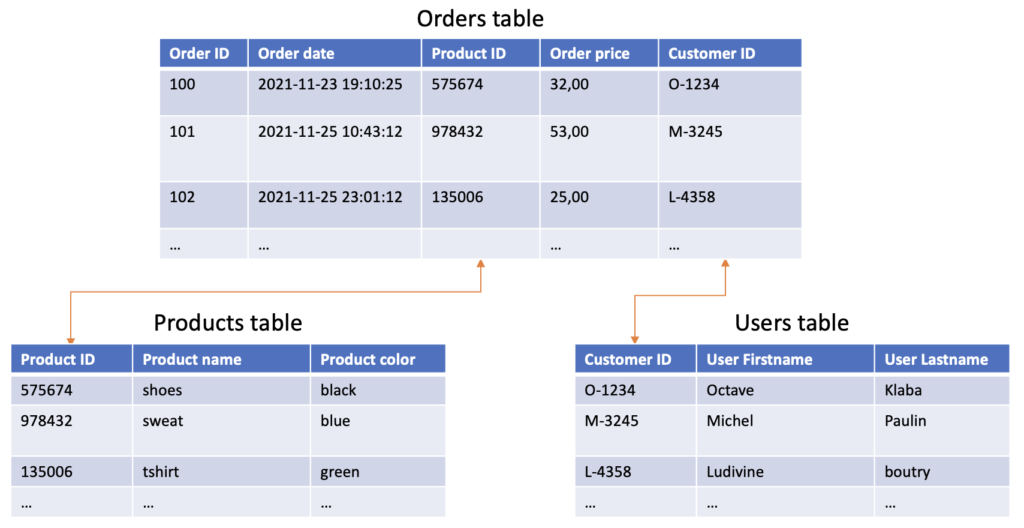
Let’s come back to our e-commerce scenario!
It’s Christmas time for our website, your are now able to receive and store correctly your products, the orders, the bills… neat!
But wait… Now more and more customers are coming to you, asking ALWAYS for the same price and description of this wonderful pair of socks. Worst, they put a few products in the basket, but don’t buy them.
You are slowed down by storing and giving information from your local storage (images). In the same way, pushing in database information that you would not need to keep (basket) is frustrating. Last but not least, tons of requests in your relational databases (“SELECT Articles in discounted_prices…”) are always the same, giving the same results…
Grrr! It’s really painful to store this kind of ephemeral information. What if you could store and retrieve this data somewhere very, very fast?
Hello Redis™*! your best friend for caching data
The most handy database engine to answer your need is Redis™*.
Redis has two main characteristics: first, it stores data in volatile memory (RAM), not in classic storage such ad SSD drives. Second, it’s not a relational database, but a key-value store. You can store various type of data, such as HTML code, images, user sessions, gaming leaderboards, chat sessions, …
Each time you have to keep in mind that this data “can” be lost and you will store/retrieve it with huge performance.
Most popular use cases are website performance improvement, databases caching, gaming leaderboard, chat tools,.. Twitter, Snapshat, instagram, AirBnB, Pinterest.. they all use Redis!
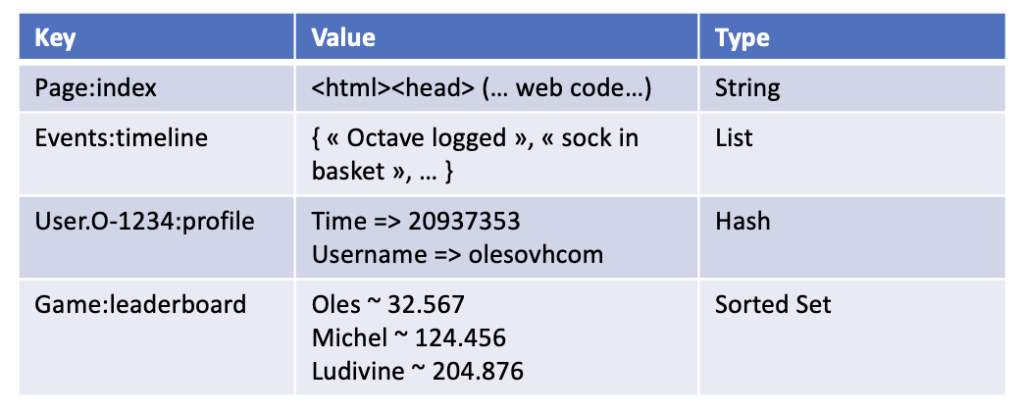
The most handy database engine to answer your need is Redis.
Redis has two main characteristics: first, it stores data in volatile memory (RAM), not in classic storage such ad SSD drives. Second, it’s not a relational database, but a key-value store. You can store various type of data, such as HTML code, images, user sessions, gaming leaderboards, chat sessions, …
Each time you have to keep in mind that this data “can” be lost and you will store/retrieve it with huge performance.
Most popular use cases are website performance improvement, databases caching, gaming leaderboard, chat tools,.. Twitter, Snapshat, instagram, AirBnB, Pinterest.. they all use Redis!
Kafka, to avoid kafkaian situations
Apache Kafka, is the world’s most famous streaming tool. Imagine a highly-available and highly efficient platform, allowing you to connect to dozen data sources, “snif” the data in real time with near zero latency and push it somewhere else. That’s Kafka which unlike Redis is used a bit everywhere.

You don’t store information in Kafka, you connect Kafka to information sources. Then, of course, this data can be reused.
Main use cases are messaging between applications (it acts as a buffer), real time analytics and real time data pipelines, aggregation of metrics and logs (imagine a company with 1.5 million website ands 250’000 servers to monitor, for example ).
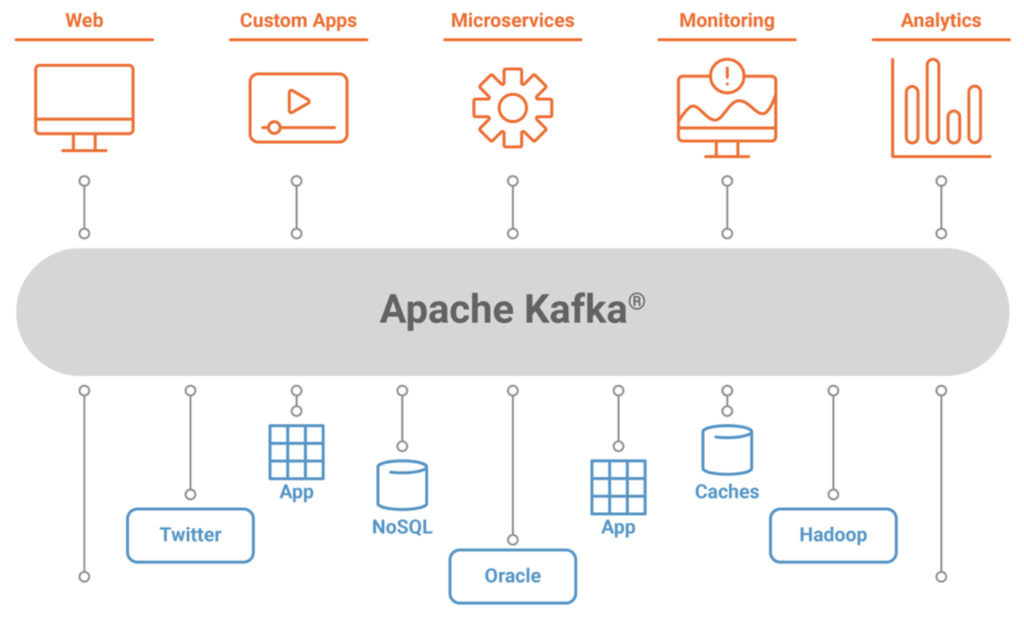
OpenSearch to keep en eye on everything
OpenSearch is an open source fork of Elasticsearch, allowing you to ingest data, such as all the logs of your website and easily analyze them.

Perfect for us to follow all the 404 errors for example! Wonderful dashboard in minutes, in real time!
Here is an example made with OpenSearch sample data:

The A-team of data ecosystem
As a website, you can think of relational databases, Redis, Opensearch and Kafka as the A-team. They are not similar at all; each of them has a specific role to play in the adventure.
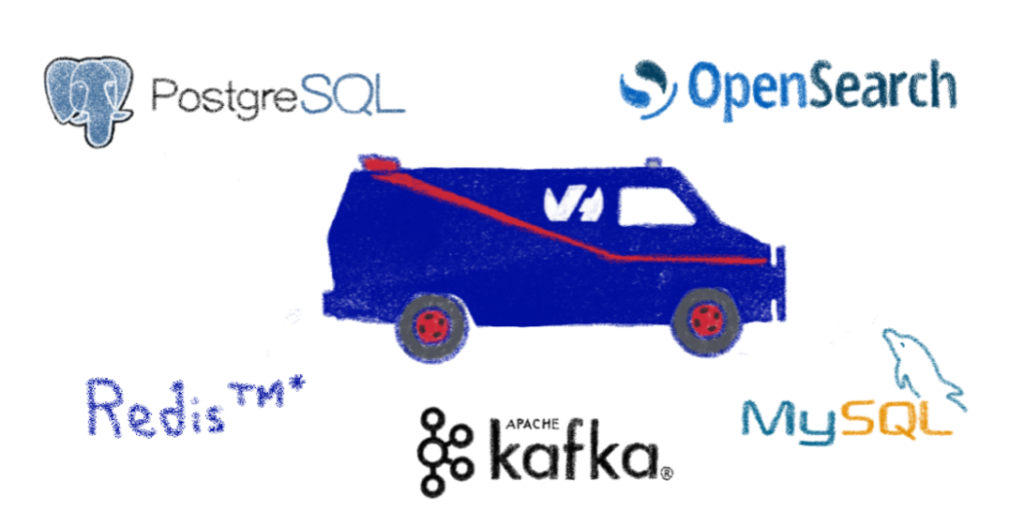
At the end, I love it when a plan comes together!

Learn more about these use cases with Aiven’s Cofounder and CTO, Heikki Nousiainen, at Ecosystem Experience!
*Redis is a trademark of Redis Ltd. Any rights therein are reserved to Redis Ltd. Any use by OVH SAS is for referential purposes only and does not indicate any sponsorship, endorsement or affiliation between Redis and OVH SAS.


